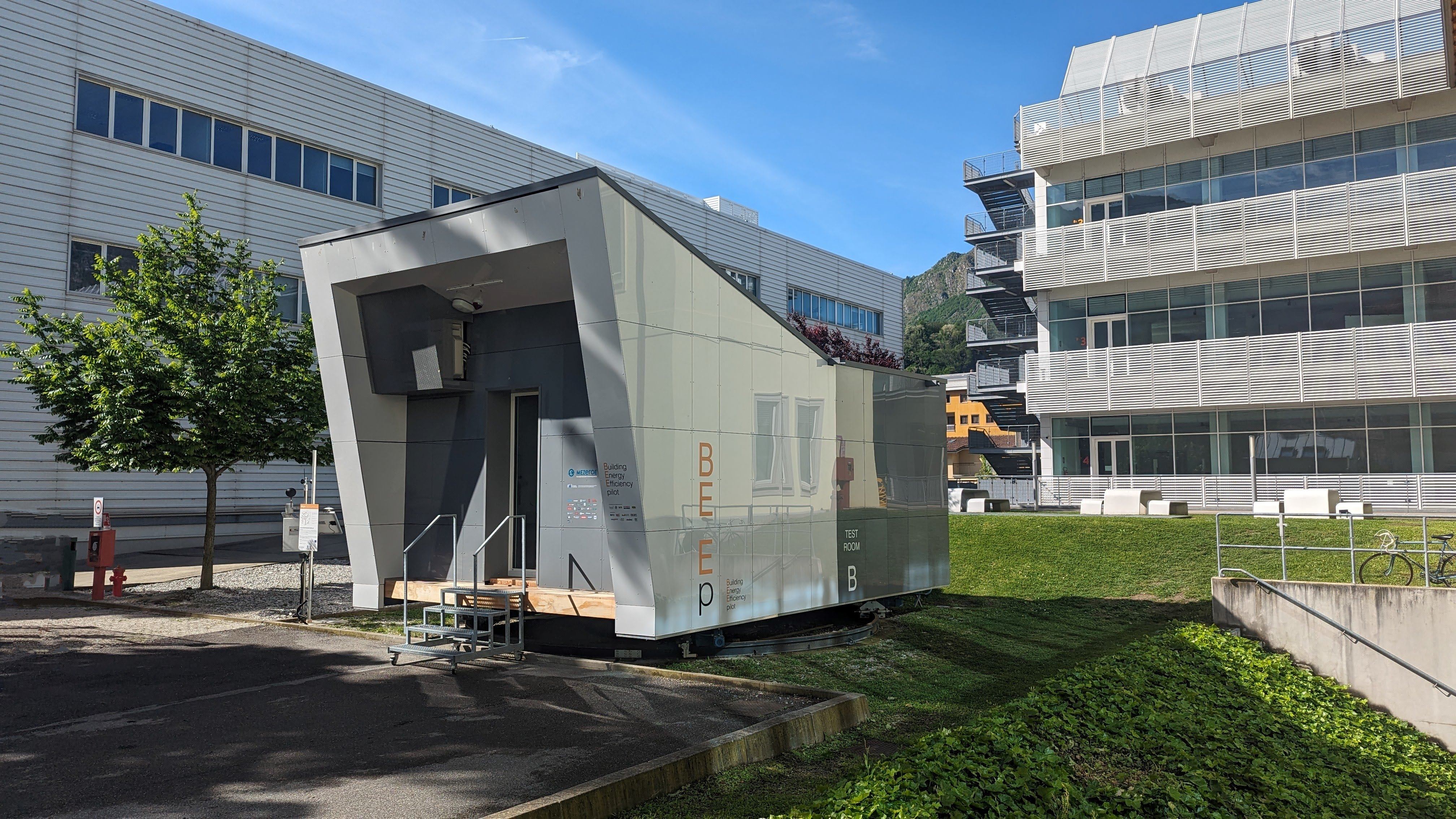
Some of the highest thermal energy losses from a building are through its envelope systems and components. These thermal losses contribute significantly to the energy used by HVAC systems and, in turn, the energy bill and carbon footprint of the building. The best way to assess how well a building or solution is performing on the thermal point of view is a specifically studied combination of different activities, such as airtightness tests, and thermal, heat flux and hygrothermal monitoring.
Building airtightness can be defined as the resistance to inward or outward air leakage through unintentional leakage points or areas in the building envelope, and it is an important prerequisite for realizing modern energy concepts in new buildings, as much as for construction projects on existing buildings. Airtightness is the fundamental building property that impacts infiltration and exfiltration, and it is also an essential aspect of quality assurance. Preventing drafts ensures flawless functioning of the building systems, significantly increases the indoor comfort level, and prevents structural damage caused by convective moisture transport into the building construction.
Within the PM&VL6, the airtightness performance of the different multilayer dry building envelope systems is monitored through a dedicated Blower Door Test set.
Objective
The objective of the proposed airtightness tests is to assess the impact of different envelope solutions and components on the overall performance in the respective space of installation.
Scope of application
Generally speaking, the proposed tests are applicable to any enclosed space. Although, considering that dry-layered envelope solutions are made of several different functional layers, it goes without saying that the various products installed will all have an impact on the overall airtightness of the space. Hence, in order to have more accurate and relevant impact assessment, it is recommended to install full-scale solutions or to apply products and components as diffusely as possible.
Design of experiment
The activity will be planned according to the needs of the client.
Testing sample
Full-scale, to be furtherly specified according to the relevant envelope component (e.g., wall, roof, door, window, roof window) and to the respective installation method. For example, as refers to opaque components, the BEEpilot prototype fits:
(i) full-scale façades with a total width of 2.5 m, and a total height of 3.0 m;
(ii) full-scale roofs with a total width of 2.315 m, and a total height of 2.76 m.
General characteristics
A preliminary assessment (e.g., typology and positioning of connections and joints, overall weight) is required for a proper installation of any mockup on the existing structure/substrate of the prototype.
Outputs
The documentation that the client receives consists of a report with details, observations, pictures, test schemes and test results.
